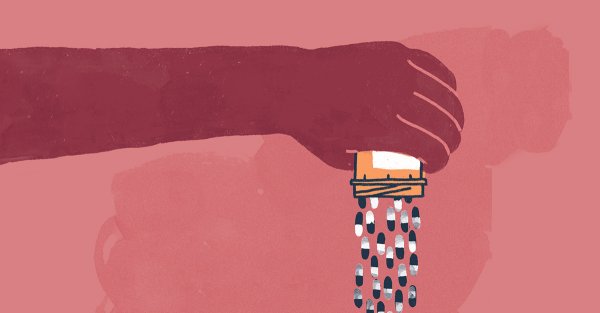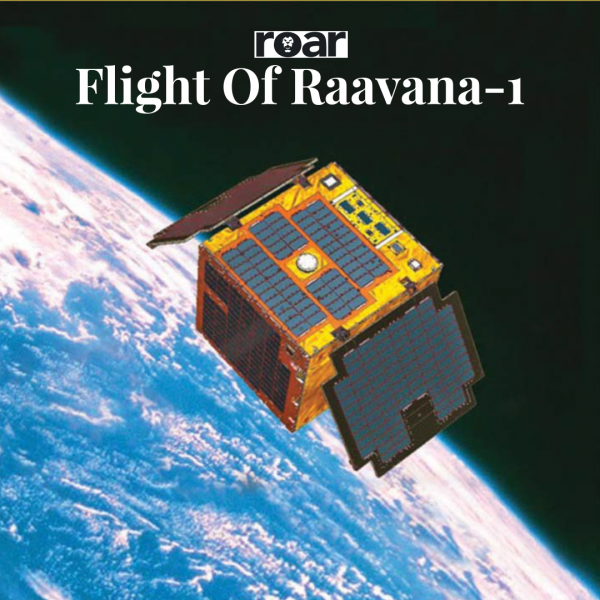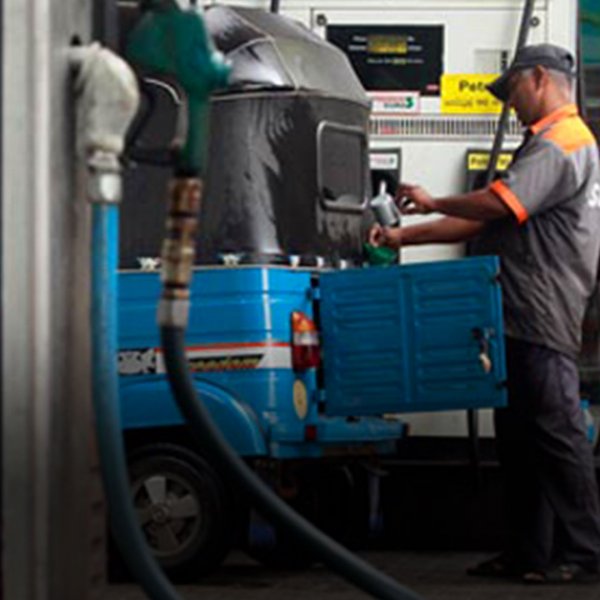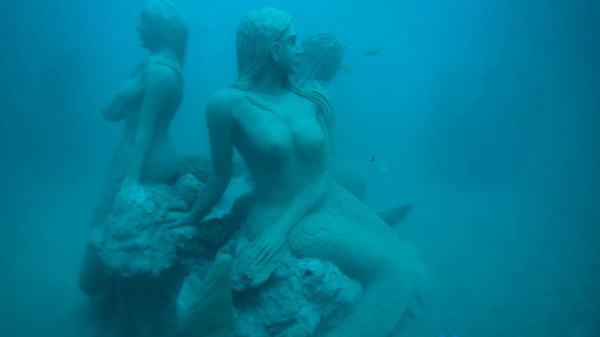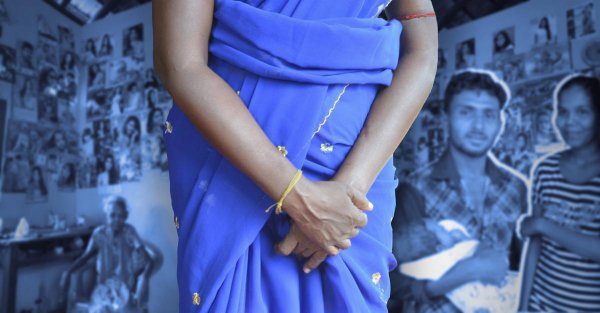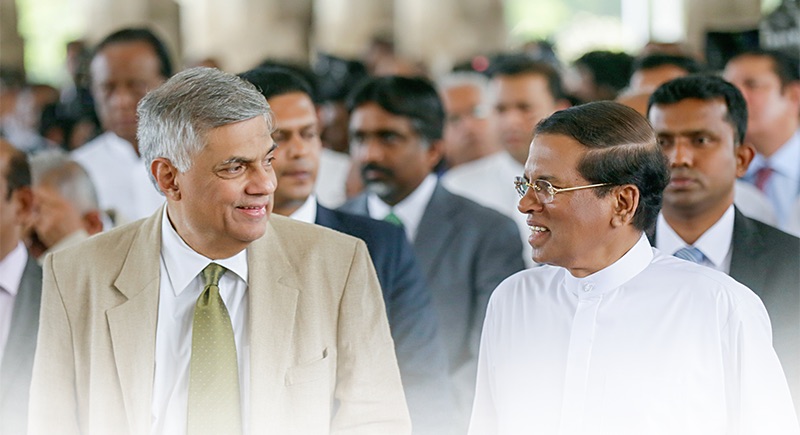
The recent local government elections caused a massive stir in political circles and exacerbated the rift between H.E. the President and H.E. the Prime Minister. The situation has quietened since, and everyone has seemingly decided to continue on with the unity government. But questions of what causes this furore and what would happen if the President and the Prime Minister no longer work with each other remain.
Predicament
If the first and second citizens are undermining each other, the government will essentially come to a standstill with legislation not going anywhere. An example of this would be the President stopping the Rs. 4 billion project of handing out nearly 200,000 tablet computers to A/L students and teachers: a project that was announced by the Prime Minister in 2016. It was rumoured that the President approved of the project in the cabinet because the Prime Minister insisted on it. However, the President later went against his initial decision and halted the initiative.
This behaviour could extend to cabinet appointments and they may be stalled. Beyond that, anyone who depends on a clear statement from the top, whether it be government servants or foreign investors, will not know where to turn because of the uncertainty of any government policy.
Powers
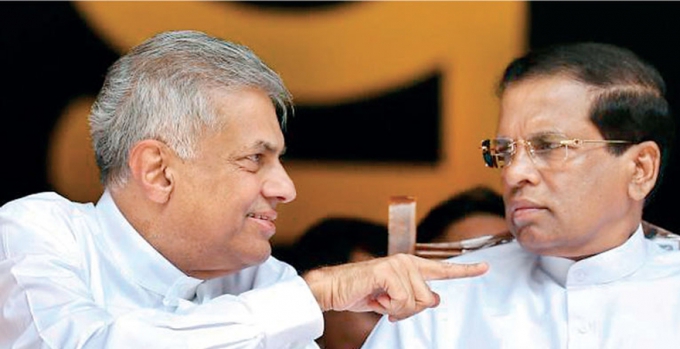
Prime Minister Ranil Wickremesinghe and President Maithripala Sirisena. Image Courtesy english.news24.lk
The President has no powers that would directly affect the office of the Prime Minister once a Prime Minister has been appointed.
Article 41 (4) of the Constitution says that the President “…shall appoint as Prime Minister the member of Parliament who, in the President’s Opinion, is most likely to command the confidence of Parliament.” However, this only applies when the Prime Minister’s post is vacant.There are only three situations which can result in a vacancy in the office of the Prime Minister.
(1) when the Prime Minister ceases to be a Member of Parliament,
(2) Resignation of the Prime Minister,
(3) Resignation of the government, which can happen if;
(i) Parliament rejects the Statement of Government Policy or the Appropriation Bill,
(ii) A vote of no confidence on the government is passed in Parliament.
Precedent

In 2003 President Kumaratunga dissolved Parliament, forcing the Wickremesinghe-led UNP to a much-reduced presence in the political arena. Image courtesy colombogazette.com
Twice in Sri Lanka’s history have there been opposing parties holding the positions of President and Prime Minister. The 1994 general elections, which was a victory for the People’s Alliance (PA) party and ended 17 years of United National Party (UNP)-led governments, resulted in Chandrika Bandaranaike Kumaratunga of the PA being appointed as Prime Minister by UNP President D.B. Wijetunga. This was a short and uneventful period as the President largely stayed out of the picture. During the presidential elections held three months later, Kumaratunga was installed as president.
The second time was less cordial. In the 2001 general elections, an electoral alliance formed by the United National Party and 7 other parties called the United National Front (UNF), emerged victorious and formed a government under Prime Minister Ranil Wickramasinghe. Bandaranaike was president at this time. The two held an uneasy partnership for just over 2 years before President Kumaratunga used her executive powers to dissolve parliament and call for fresh elections.
Present
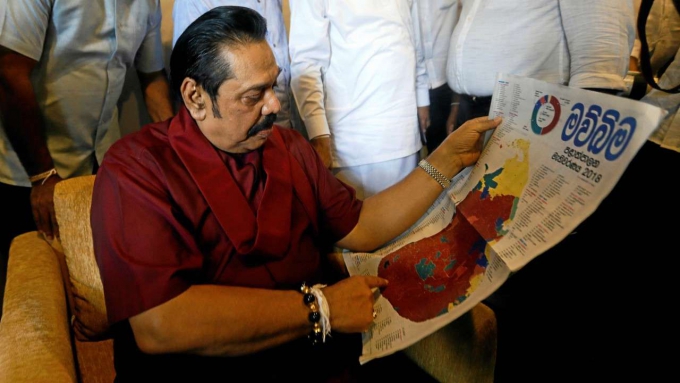
Former President Mahinda Rajapaksa looking at a map of electoral results after his party, the Sri Lanka Podujana Peramuna, swept the polls.
Sri Lanka’s current government is a national government formed by a coalition between the United People’s Freedom Alliance (UPFA) and the United National Party. In the recent local government elections (LGE), both the UPFA and the UNP contested. The Sri Lanka Freedom Party (SLFP), which is the main constituent of the UPFA, contested separately as well. All three fared worse than was expected. It was interpreted by some as a clear indication that voter confidence in the government is at an all-time low. Former President Mahinda Rajapaksa, whose brand new Sri Lanka Podujana Peramuna (SLPP) party came first in the polls, called for parliament to be dissolved and fresh parliamentary elections to be held in the wake of these results.
While local elections have absolutely no direct bearing on the higher levels of power in the government, this seemingly prompted the SLFP, and President Sirisena, to look at replacing Prime Minister Wickremesinghe.The falling out between the President and the Prime Minister was subsequent to the findings of the inquiry into the Central Bank Bond scam. A primary promise in President Sirisena’s LGE campaign was to hold the corrupt responsible, and it appears that the Prime Minister was on the receiving end. As Prof. Jayadeva Uyangoda highlights, “Although the Commission report did not implicate Wickremesinghe in the fraud, there has been a perception in the country that he was morally responsible for the fraud and also for attempts at its cover-up…Although there are many individual politicians in the country tainted as being corrupt, President’s ire was primarily directed against Wickremesinghe and his UNP.”
Unlike in 2003 when President Kumaratunga dissolved parliament, following the 19th amendment, President Sirisena no longer has executive powers to dissolve parliament. Unlike before, it would only be possible after four years of government.
Because of this situation, the SLFP attempted to form a new government under their own banner. A majority in parliament would allow them to pass a no-confidence motion on the present government, which would enable them to form a new cabinet and appoint a new Prime Minister. The UNP, in turn, countered by attempting to form their own government. Following many negotiations during a politically tense week, the ruling coalition has opted to stay together. But the alliance seems even more fragile than ever. SLFP Minister S. B. Dissanayake said that the UPFA/SLFP members of the Unity Government will remain in the government, thereby retaining the coalition. But they will still look into legal ways of making the changes in the government that the SLFP requested. “Our objective of appointing one of our SLFP members as the Prime Minister remains the same. These changes should neither be delayed nor hurried,” he said.
While the situation has settled to an extent, it’s quite possible that the next few years of this government will be as politically dramatic as any other that Sri Lanka has had.
Cover Image courtesy: colombotelegraph.com

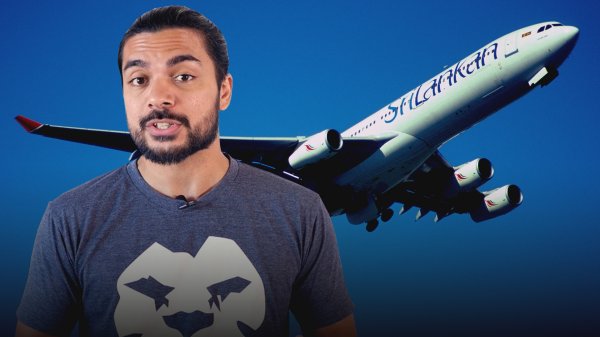
.jpg?w=600)

